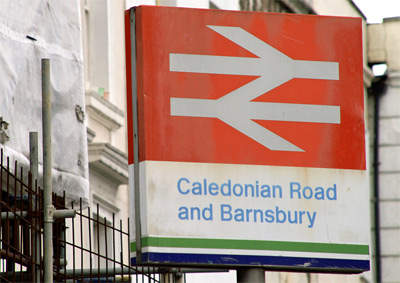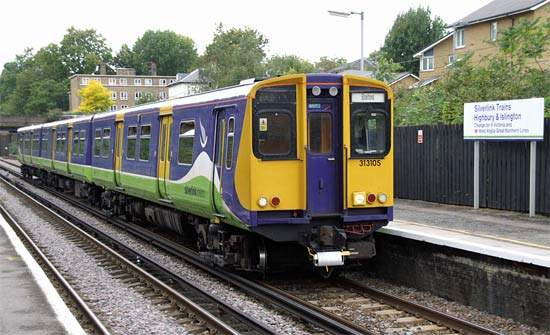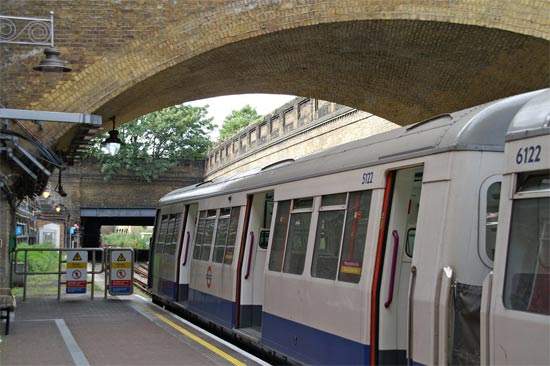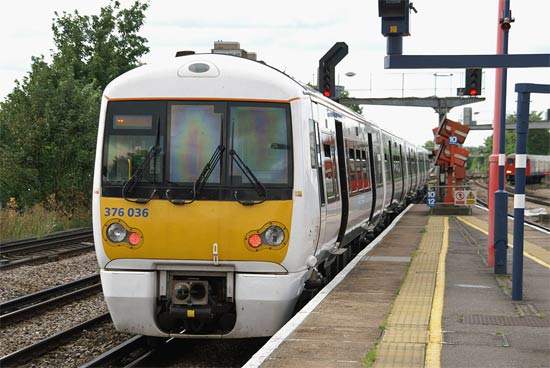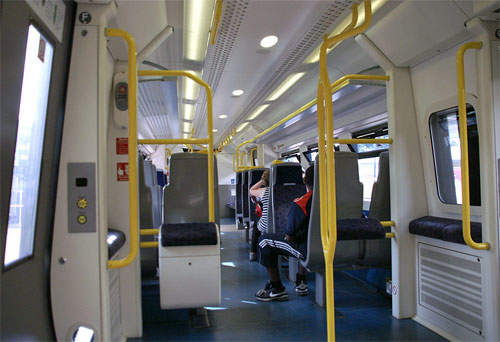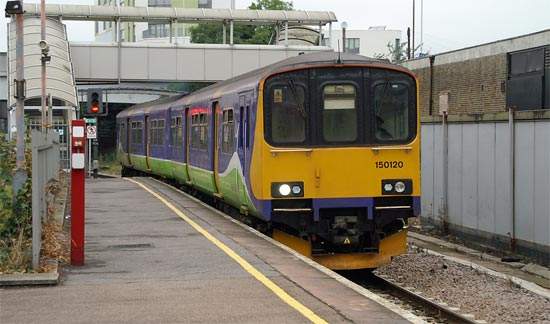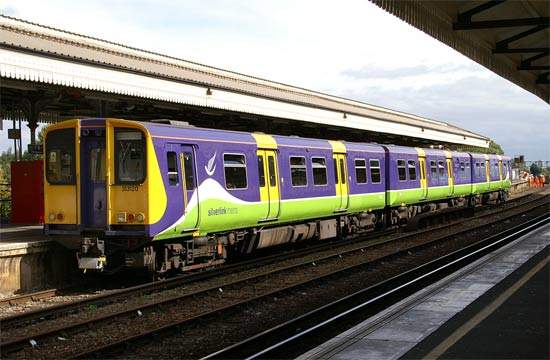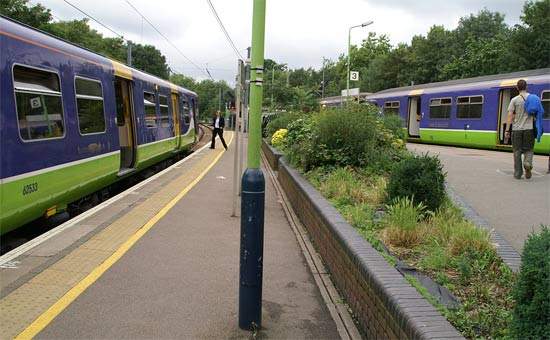London Overground is the new brand name given to the operation of the former North London Railways (NLR) and East London Line (ELL) franchises.
Responsibility for these activities transferred to Transport for London (TfL) and its service operator in November 2007. To distinguish London Overground services from other main line operators, stations and
trains will receive new liveries and branding in the form of a new orange version of the world-famous London Underground logo.
The Overground network is aimed at bringing a safe and secure heavy rail metro style operation alongside the extensive Underground and bus networks which have received large investment in recent years. Overground services form part
of the transport strategy for the London 2012 Olympic Games.
THE PROJECT
TfL Overground is mainly the former Silverlink-operated North London Railways, consisting of four routes: The North London Line; London Euston-Watford Junction local line; West London Line from Willesden Junction-Clapham Junction via Kensington Olympia; Gospel Oak to Barking (the ‘Goblin’). It will also incorporate The East London Line, between Whitechapel and New Cross Gate, which will close in its Underground formation 22 December 2007 for works leading to its incorporation as part of TfL Overground.
Around £1.5bn is being invested in the project, with £1.4bn already secured from TfL’s five-year £10bn investment plan. Upgrading of NLR routes is expected to cost £400m, whilst the extension and rebuilding of the ELL from Dalston to West Croydon is costing £1bn and will open in 2010.
INFRASTRUCTURE
The biggest part of the first phase is the £1bn ELL extension from Dalston Junction to Highbury and Islington to connect with the North London Line. This is the first
physical step towards building an orbital railway around London.
The project has been divided into two parts – Dalston Junction-West Croydon, due to open in 2010 and Dalston Junction-Highbury and Islington, in 2011. In November 2006, engineering companies Balfour Beatty and Carillion were awarded a £363m main works contract by TfL for the rebuilding of the ELLbetween Dalston Junction and West Croydon.
This involves replacing 7.4km of track and signalling equipment between Whitechapel and New Cross, 3.6km of new track between Whitechapel and Dalston Junction, new stations at Dalston Junction, Haggerston, Hoxton and Shoreditch High Street, a new flyover just north of New Cross Gate to connect the southern portion of the line to the national network and a new purpose-built train maintenance facility.
TfL is investing in more staff to provide customer services, security and revenue protection, with further use of Oyster ticketing to enable pay-as-you-go style payments. All stations on the Overground network will be upgraded with deep-cleaning and repairs completed by spring 2008.
By 2010 a project will be completed covering CCTV, better lighting, with improved customer information systems and help points. Provision will also be made for longer trains running at more frequent intervals than the initial eight minute headway.
ROLLING STOCK
Overground has inherited Class 313 dual system EMUs and Class 150 DMUs as operated by Silverlink Metro, seemingly offering little short-term scope for improvements in terms of accommodation. TfL initially ordered 44 new trains in 2006 to replace 30-year-old Class 313 rolling stock. The £223m order was for 152 EMU cars of the Electrostar-type from Bombardier Transportation,
which will be formed into three and four car sets.
In July 2007 a further £36m order was announced for an extra 36 cars which will be deployed to extend NLL trains to four-car sets and provide three extra four-car ELR units.
The Class 378 trains, of similar design to Class 376 already operated by the Southeastern franchise. will be a radical step up from current NLR/ELR units, with a maximum speed of 100mph and commuter-friendly interiors. Interiors have yet to be finalised, with some design studies showing longitudinal seating in a high-capacity configuration, although longer runs on the Euston-Watford line may result in some units having a higher proportion of seating.
The first trains are due to be
delivered from the factory in Derby, UK, in 2008. They will be maintained by Bombardier for seven-and-a-half years at a new New Cross Gate depot. Initial NLR train deliveries will be in 2009 and for ELL from 2009. With the later order completed, the trains are split into two types: 24 dual-voltage four-car NLR trains and 23 four-car ELL trains.
It was thought that the Gospel Oak-Barking line would be electrified, although as TfL has not identified a business case for doing so, DMU operations now seem likely to be retained.
SIGNALLING AND COMMUNICATIONS
Signalling follows current UK railway legislation and remains compatible with National Rail operations. Multiple aspect signals are installed at the lineside, together with Train Protection Warning System (TPWS) and On Train Monitoring and Recording (OTMR) equipment.
On the platforms new information displays will be provided, and all 71 stations will be equipped with CCTV cameras.
THE FUTURE
In June 2007 MTR Laing (a joint venture between MTR Corporation of Hong Kong and Chiltern Railway parent company, John Laing Rail) was announced as the operator of the Overground services in an initial seven-year contract from 11 November 2007. The company is now titled London Overground Rail Operations Limited (Lorol). TfL will retain rights over ticketing and fares, levels of service and procuring rolling stock.
The forthcoming Bombardier Class 172, a development of the Class 170 Electrostar family, appears to be the likely successor to the former Silver Link Class 150 by 2009. TfL Overground requirements relative Class 170 indicate a specification for a lower top speed, high-density interiors, door suited to rapid loading/unloading and through-gangways for multiple operation.
Subject to new funding and unlikely to commence before 2012, Overground Phase 2 would link Surrey Quays to Clapham Junction, thereby creating a London orbital railway. London Mayor Ken Livingstone has identified that the TfL Overground project will create 400 new jobs.

